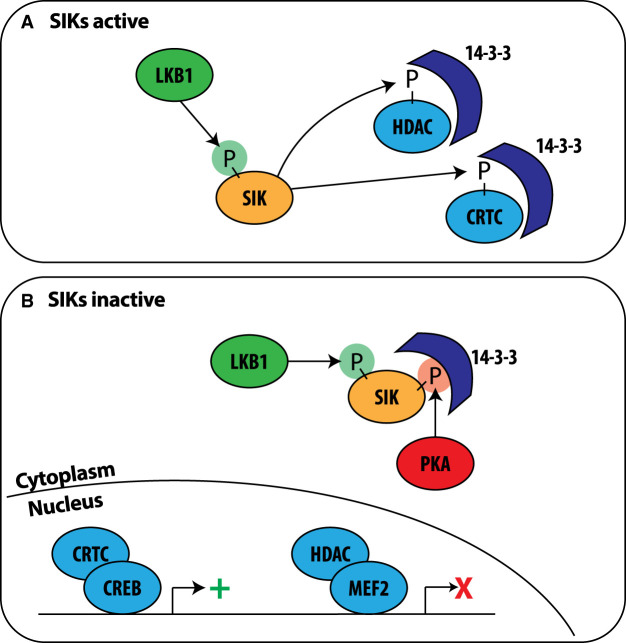Figure 2. Consequences of the activation and inactivation of the SIKs by phosphorylation.
(A) SIKs (orange) are activated by LKB1-dependent phosphorylation (green P) and phosphorylate (P) CRTC family members and Class 2a HDACs (HDAC4/5/7/9). These phosphorylated substrates (light blue) bind to 14-3-3s which retains them in the cytosol. (B) The SIKs are phosphorylated by PKA-dependent phosphorylation (red P) inducing binding to 14-3-3 proteins (dark blue) and inactivation. PKA-dependent phosphorylation may also promote SIK1 translocation from the nucleus to the cytoplasm (not shown). Inactivation of SIKs leads to the dephosphorylation and nuclear translocation of CRTCs and Class 2a HDACs. Within the nucleus CRTCs promote (green +) CREB-dependent gene transcription and Class 2a HDACs inhibit (red X) MEF2-dependent transcription.

